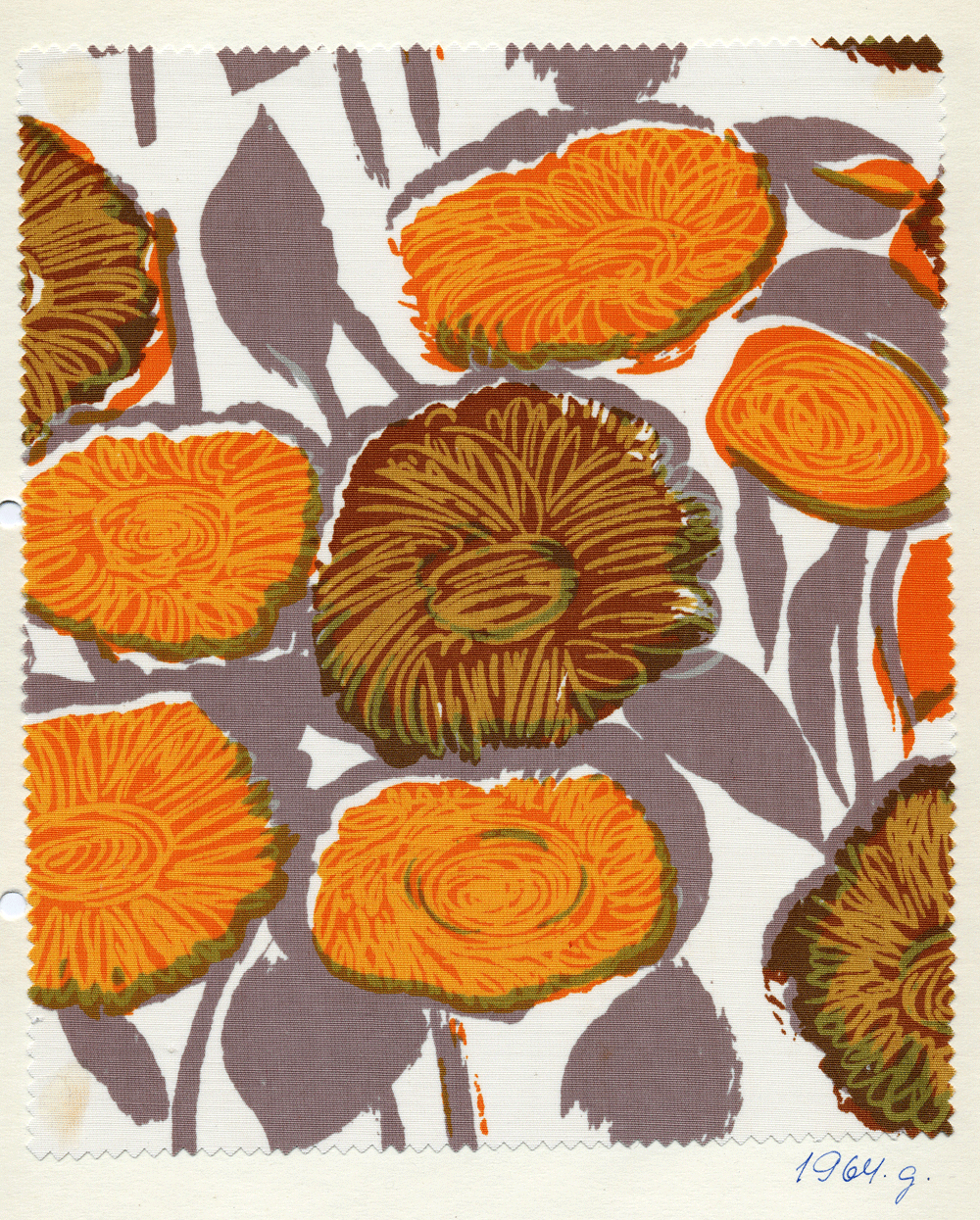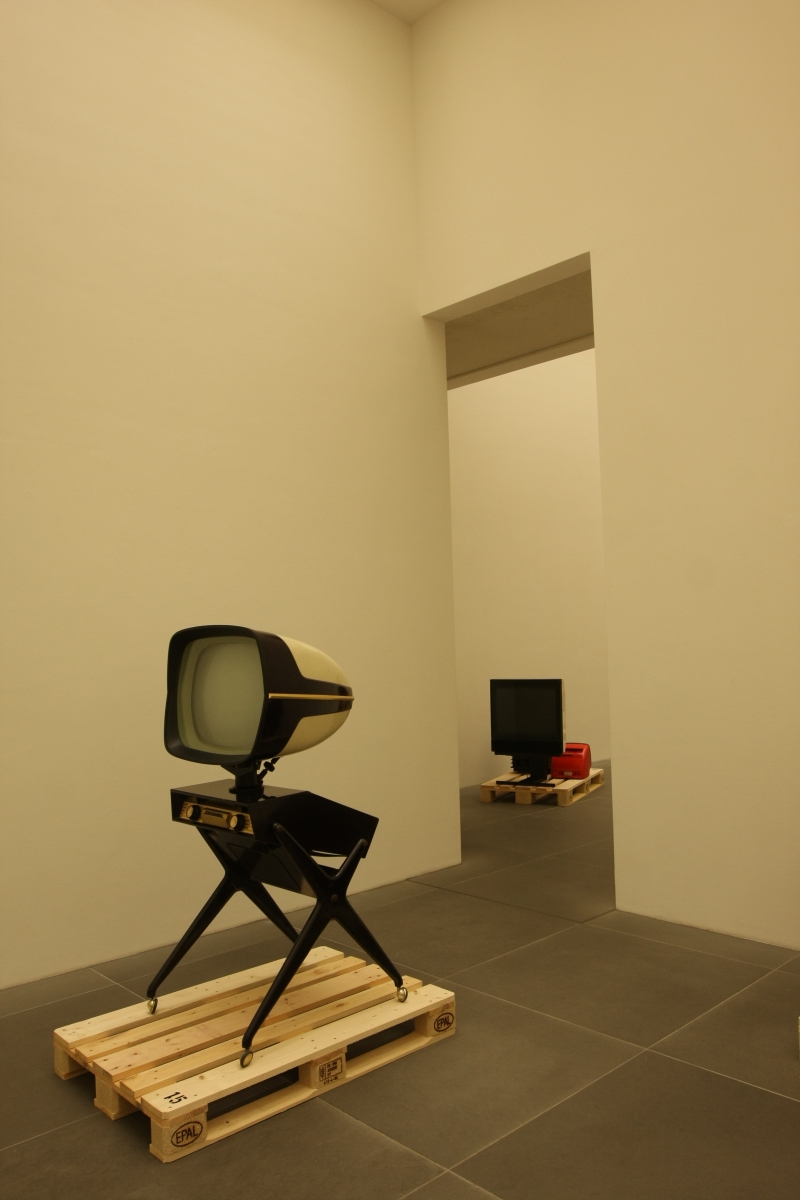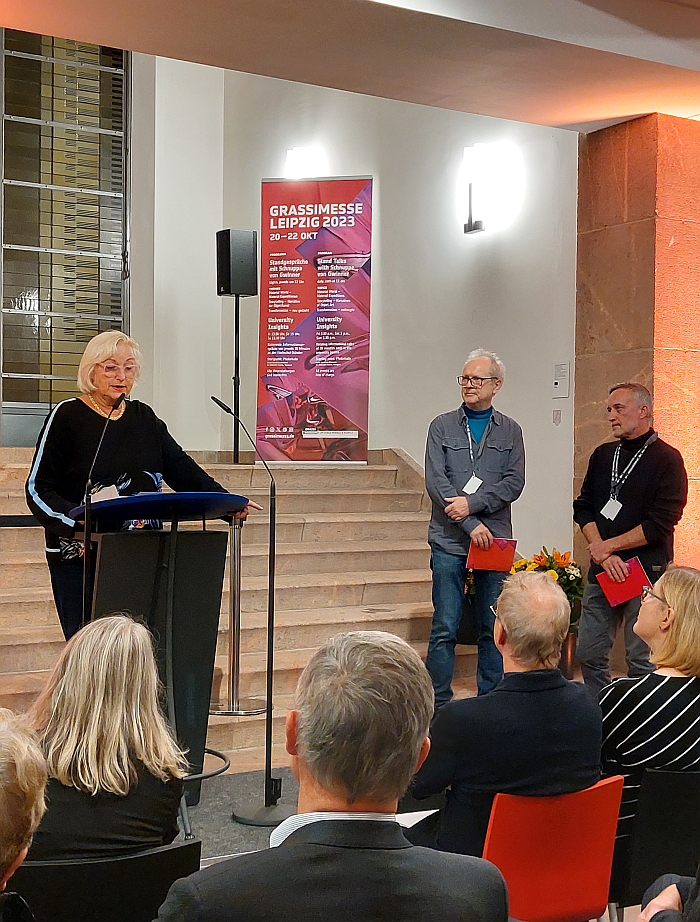smow Blog Interview: Cornelius Réer – Honing the good ideas so that they result in fantastic products, that’s the task
Born in Coburg, Franken, in 1961 Cornelius Réer took his first steps in the world of glass via an apprenticeship at Glashütte Süßmuth, Immenhausen, near Kassel, followed by periods working in Austria and Sweden and a nine month course at Brierley Hill Glass Center in Dudley, England, before returning to Franken and establishing his own studio in Fürth in 1992. If a return to Franken punctuated by long absences: the next 11 years seeing Cornelius lead an, essentially, nomadic life, travelling Europe and realising his collections in numerous glass studios and presenting/selling them at trade fairs such as Ambiente Frankfurt. Collections whose focus is very much serial production, not the one-offs so often associated with glass; rather serially reproducible forms, albeit series which on account of their artisanal production, Cornelius creating each individual piece himself, means that every object is unique.
In 2003 Cornelius’s nomadicity ended, at least professionally, with a return, full-time, to Fürth, before in 2008 moving his studio down the road Nürnberg, where today he creates series such as, and amongst many others, the Crunch glass collection, one of his longest running series, and, in many regards, his breakthrough series; the InsideOut range, a family of objects composed of a variety of forms that can exist individually or as collective; or the LUMEN2 lantern, Cornelius’s re-imagining and re-working of a late 1950s lantern design by Egon Eiermann. Works defined, and at the risk of summarising more than is prudent, by their colour, by their interplay with light, by their material efficiency and by a functionality that is often simultaneously as playful as it is utilitarian, and as physical as it is immaterial.
And works which since 2023 have also been defined by rising gas prices: a glass studio is dependent on a lot of ovens, a lot of very hot ovens, ovens you can’t turn off, and thus the gas price rises of 2023 saw Cornelius switch from wooden moulds to steel moulds, an alternative production process that not only reduces the energy demand of the production process, but very much defines the character of works such as, for example, the Pool beakers and carafes, or the O.V.A. and MODUL vases. Works that, on account of their genesis in Cornelius’s response to the challenges of rising gas prices, are as much the result of design thinking as of craft thinking, and works which saw Cornelius Réer co-awarded the inaugural smow-Designpreis at Grassimesse 2023 alongside Budapest based design studio Line and Round, I O.
Alongside his own collections Cornelius is also co-author with Laura Jungmann of the project/brand SameSame, a project that began as a component of Laura’s Diploma thesis at the Hochschule für Gestaltung, Karlsruhe, but which has since become autonomous; a project in which industrial glass objects, primarily, wine, beer and water bottles, are upcycled by Cornelius into craft objects that belie their industrial background, and which sees the intended re-use via recycling replaced with re-use via an infinite lifecycle. And just one of several cooperations undertaken over the years by Cornelius with students and professional product designers.
Following his success in Leipzig we met up with Cornelius in his studio in Nürnberg to discuss his work, his approaches, the realities of life as independent glassmaker and glass as a material, but we began asking why glass, why the decision for the glassmakers profession…….
Grassimesse 2023: smow-Designpreis Co-Winners – Annabella Hevesi / Line and Round IO & Cornelius Réer
Let’s be honest, it wouldn’t be smow if it followed the rules and did that which you’d expected it to.
Thus it should have come as absolutely no surprise to anyone that the inaugural Grassimesse smow-Designpreis produced not the expected one, but two, joint, co-winners: Budapest based designer Annabella Hevesi and her studio Line and Round I O and Nürnberg based glassmaker Cornelius Réer…….
Futurails. Wege und Irrwege auf Schienen at the DB Museum, Nürnberg
Only very few novel transport methodologies have impacted on society to quite the degree of the railway; not only did the arrival of the railway, pun intended, mean once far removed cities were now near neighbours, but also meant that the raw materials for, and the goods of, industrialisation could be easily and economically moved from location to location. And as the fledgling railway networks and systems developed so society.1
With the exhibition Futurails. Wege und Irrwege auf Schienen the DB Museum, Nürnberg, explore and discuss that development of rail networks and systems, and also initiate a discussion on rail networks and systems of the future…….
smow Song Contest 2022
Following smow Turin’s thoroughly unexpected, if in no way undeserved, victory in the 2021 smow Song Contest, it’s off to Piemonte for the 2022 edition.
A 2022 smow Song Contest being held very much in context of events 20 years previous…….
5 New Architecture & Design Exhibitions for October 2017
“October is the month of painted leaves. Their rich glow now flashes round the world. As fruits and leaves and the day itself acquire a bright tint just before they fall, so the year near its setting. October is its sunset sky; November the later twilight” ‡
Before Henry David Thoreau’s twilight comes, our five painted leaves, flashing their rich glow round the world from Nürnberg, Lausanne, Hamburg, Eindhoven and Barcelona.
5 New Design Exhibitions for December 2016
Five recommendations for new architecture and design exhibitions opening in December 2016, featuring shows in Copenhagen, Weimar, Nürnberg, London and Munich
5 New Design Exhibitions for March 2016

“All in the wild March morning I heard the angels call, It was when the moon was setting, and the
smow blog 2014. A pictorial review: May
May may have been slow in the past. May. For aside from DMY Berlin, Fritz Haller in Basel, Niek van
Neues Museum Nürnberg: Unschärfe by Matthias Loebermann & Institut für Architektur und Städtebau, Hochschule Biberach

Parallel to the exhibition Fernsehgeräte the Neues Museum Nürnberg is also presenting “Unschärfe” – Out of Focus – an installation
Fernsehgerät. Television Design in the Neues Museum Nürnberg

When Gil Scott-Heron announced that “The revolution will not be televised” he was of the opinion that this was because
Dicht Säen – Architecture Week 2014 in Bavaria

Under the title “Dicht Säen” – “Sow Densely” – the sixth Bavarian Architecture Week from May 16th until May 25th





